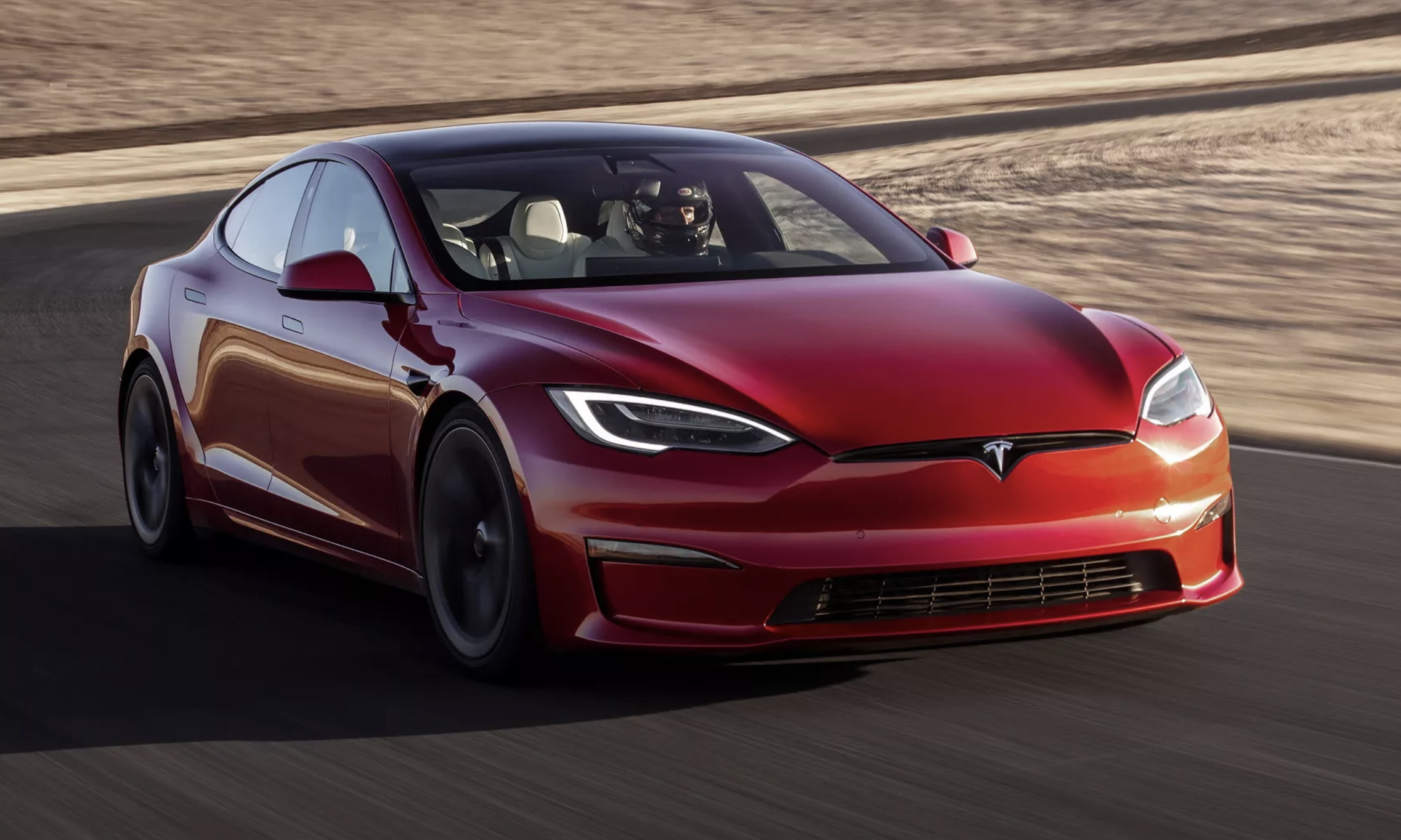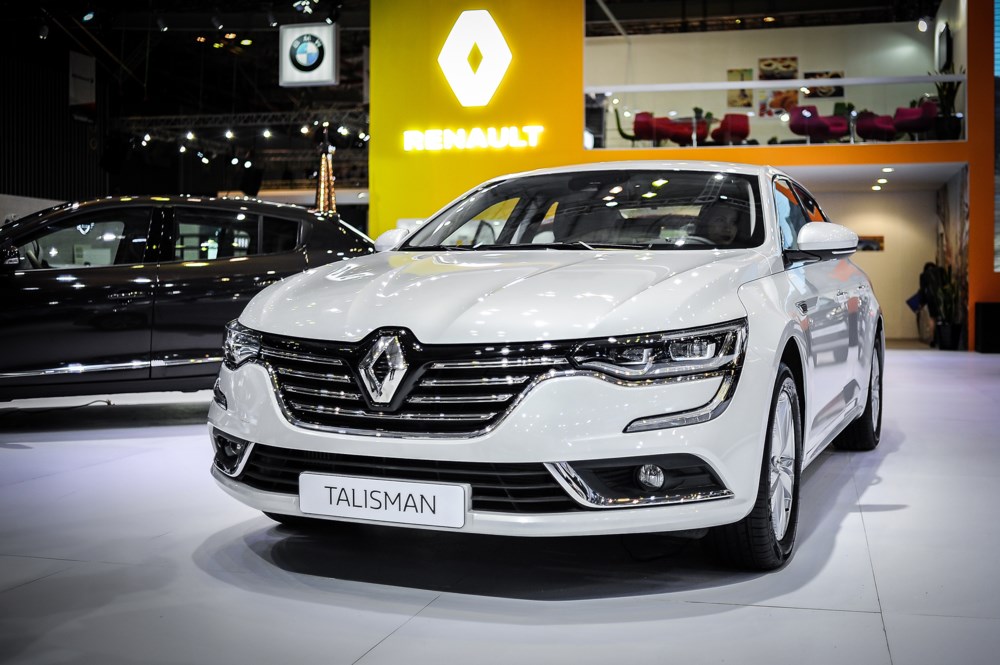
Tesla was once hailed as the uncontested king of the electric vehicle (EV) world. From redefining the image of EVs to pushing the entire industry toward electrification, the brand became a symbol of innovation, speed, and environmental consciousness.
It also received generous backing from governments around the globe, particularly in the form of subsidies, tax breaks, and public endorsement for leading the charge into a greener future. And yet, despite these advantages, Tesla is now witnessing a troubling decline—most notably in the European market, but signs of stagnation are creeping in elsewhere too.
The story is not one of sudden collapse but of slow, steady erosion. The backing of governments has not been enough to keep Tesla ahead of the curve in a rapidly evolving industry.
The fall is more perplexing given that Tesla still enjoys a level of political and regulatory favoritism that many of its competitors can only dream of. But the EV landscape has changed—and Tesla hasn’t changed with it.
One of the most misleading assumptions Tesla has made in recent years is the belief that early government support would translate to long-term dominance. In many countries, Tesla was seen as a pioneer, and in some cases, even as a government partner in the mission to reduce emissions. But this favoritism built a false sense of security.

Tesla leaned heavily on its brand power and the cult-like following of its CEO, Elon Musk. While that worked in the past, consumers today are less dazzled by branding and more focused on performance, price, availability, and local reliability. Tesla’s assumption that goodwill and subsidies would continue to guarantee growth has proven naive in the face of fierce competition.
Tesla's decline in Europe is one of the clearest signs that something is broken. In the first two months of 2025, Tesla’s sales in the region dropped by 45% compared to the same period last year. While the European EV market as a whole grew by 31%, Tesla sold just 25,852 vehicles, down from 46,584. That’s not just a dip—it’s a dramatic fall from grace.
Even Tesla’s most successful model, the Model Y, saw a 53% drop in sales, though it still remained the best-selling EV by a narrow margin. The Model 3 fell to sixth place, with a 26% decline.
Meanwhile, the once-premium Model S and Model X have almost disappeared from the continent, with only 272 units sold. These are brutal numbers for a company that once dominated headlines.
This isn’t just a European problem—it’s a reflection of global issues rooted in product stagnation, pricing confusion, and a failure to adapt to changing market conditions.

Tesla hasn’t launched a truly new model in years. The Model Y, despite recent updates, remains fundamentally unchanged. While Tesla fans continue to support the brand, the general public is losing interest.
The EV market in 2025 is no longer in its infancy—it's crowded with options that are sleeker, smarter, and more tuned to regional consumer preferences.
Rivals like Volkswagen, Renault, and even Citroën are releasing new models with striking designs and practical features that cater to European tastes. Meanwhile, Tesla continues to offer a relatively small lineup with minimal variation, hoping its brand name alone will keep people buying.
It's not working.
Tesla’s decision to slash prices in 2023 and 2024 may have helped temporarily boost sales, but it ultimately created more confusion than loyalty. By 2025, the effectiveness of that strategy had worn off. Production costs increased, and Tesla could no longer afford to keep lowering prices without harming profit margins.
Worse still, those deep discounts eroded the perceived value of Tesla vehicles. Buyers began to hesitate, wondering if prices would drop further or if resale value would crash. Price instability creates uncertainty—and uncertainty kills confidence.

At the same time, local competitors with stronger cost control and domestic production lines were able to offer better deals without looking desperate.
While Tesla hesitated, competitors charged forward. Volkswagen’s EV sales exploded in early 2025, with a 182% increase in February alone. Their ID.4 and ID.7 models are rising fast, even surpassing Tesla’s Model 3 in popularity.
The Renault 5 E-Tech and Citroën e-C3 have also entered the top 10 best-selling EVs in Europe.
These competitors benefit from being local. Their cars are built within Europe, which avoids import taxes, lowers logistics costs, and appeals to consumers who prioritize supporting regional industries. They’re also more in tune with what European drivers want—more compact options, better customization, and styling that reflects local culture.
Tesla’s image has taken a hit in Europe. Once viewed as a futuristic and eco-conscious brand, it is now closely associated with Elon Musk’s controversial persona. His political views, erratic behavior, and open support for divisive figures like Donald Trump have not gone down well with European consumers.

In a market where environmental responsibility and progressive values are paramount, Musk’s increasingly polarizing presence has alienated potential buyers. The Tesla brand now carries baggage—and it’s baggage that European consumers don’t want to carry.
Tesla still benefits from favorable policies in several markets. From tax credits to regulatory advantages, the company continues to enjoy a level of institutional support. But governments can only do so much. In the end, consumer sentiment and market forces carry more weight.
Tesla's mistake was believing that government backing could shield it from the consequences of strategic missteps, public backlash, and fierce competition.
The irony is hard to miss: Tesla, once the poster child of government-supported green innovation, is now falling behind in the very markets it helped revolutionize. The reasons are painfully clear—product stagnation, poor pricing strategy, a damaged brand image, and failure to keep pace with evolving expectations.
Unless Tesla takes a hard look at itself and reinvents its approach, government favor alone won't be enough to stop the fall. The EV war is no longer about being first—it’s about staying relevant. And right now, Tesla is losing that battle.
-1743917762-q80.webp)
-1743923502-q80.webp)
-1745377491-q80.webp)
-1745075355-q80.webp)